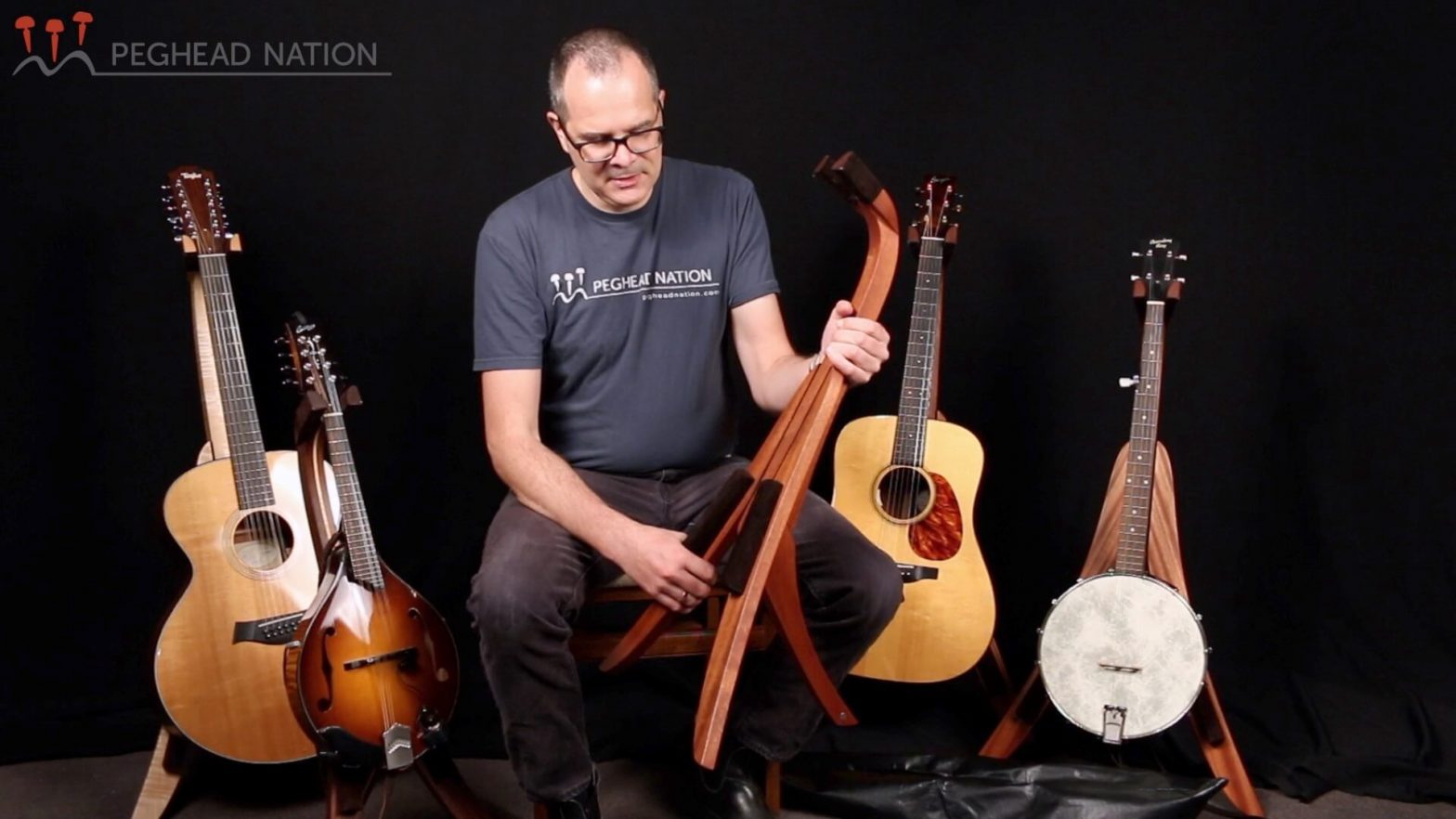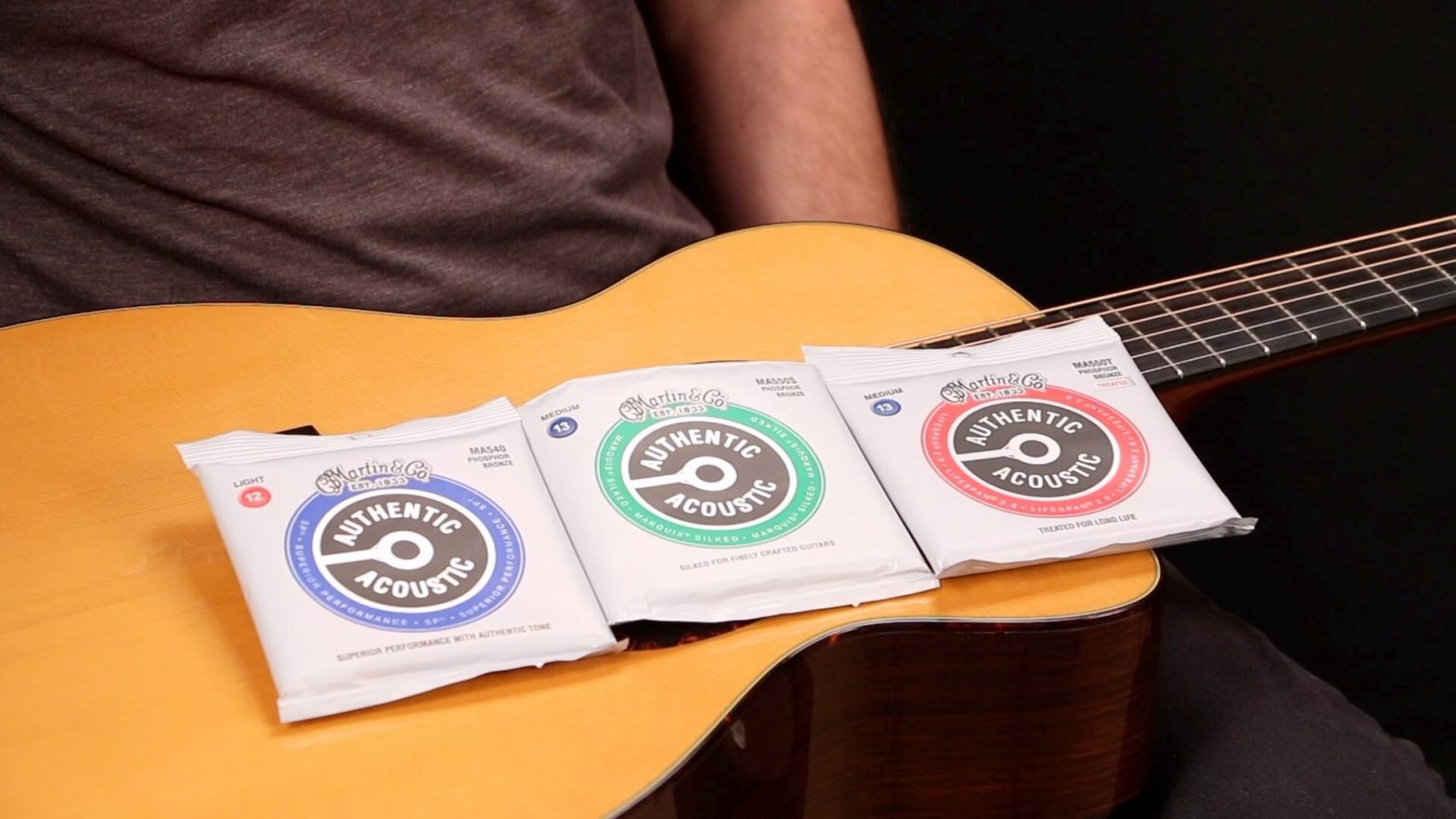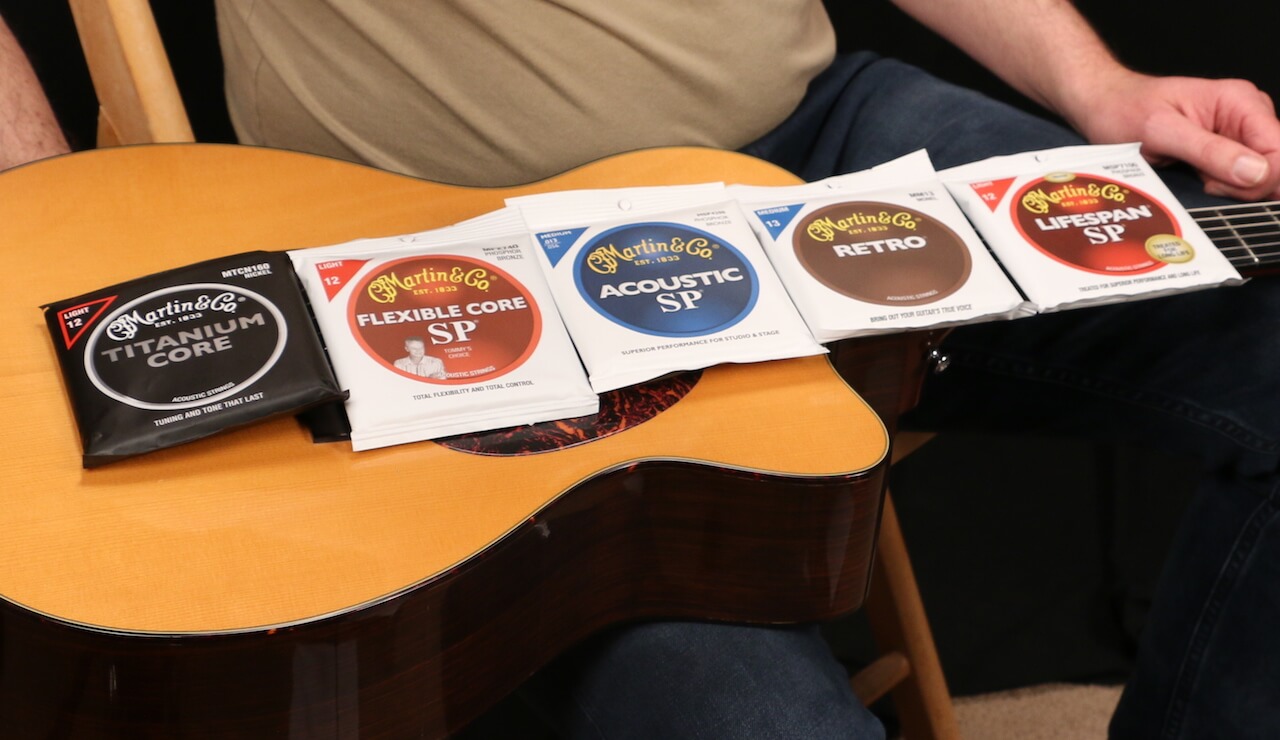Shubb C7 and C8 Partial Capos
Two great capos for simulating alternate tunings.
Most guitarists are familiar with standard capos. Used to change the instrument’s overall pitch, capos are typically used to retain familiar fingerings in different keys or to match a singer’s vocal range. Capos that only partially cover the strings are less straight-forward. Pioneered by players such as Harvey Reed and Chris Proctor, partial capos are usually used to create voicings similar to those in alternate tunings without retuning the guitar. They can also be used to create sounds that aren’t possible in standard or alternate tunings. In the old days, players would cut up standard capos to create partial versions, but today, you can buy the most common variations right off the shelf. Shubb Capos’ C7 and C8 capos ($32.95 each) are two of the most popular options, and in this video, I demo both and discuss how they can be used.
Both the C7 and C8 use Shubb’s familiar over-center locking mechanism and silicone padding. The C7 is designed to cover three inside strings and is most commonly used to create the same open string sound as DADGAD by placing it at the second fret so that it covers strings three, four, and five. Another popular use is to install it so that it covers strings two, three, and four at the second fret, which creates an open A chord shape. There are, of course, many creative ways to use the C7, including using it in combination with standard capos. The C8 is designed to cover five strings, leaving one of the outside strings open. Installed at the second fret with the sixth string open, it simulates dropped-D tuning.
The great thing about partial capos is that they can create alternate tuning–like open string voicings without retuning the guitar. This means that any fingering above the capo remains the same as in standard tuning, so you can play familiar scales, barre chords, licks, etc. Shubb’s C7 and C8 work with most steel-string guitars (and some nylon-strings, depending on their string spacing) and are a simple, inexpensive way to experiment with new sounds and expand the guitar’s tonality.
Related Instrument Demos Posts
 |
Shubb C1 and FineTune CaposA look at Shubb’s two main guitar capo designs. Read More |
 |
D’Addario Cradle CapoCreated in collaboration with Ned Steinberger, D’Addario’s latest capo updates a classic design. Read More |
 |
Mike’s Banjo MuteEvie Ladin demonstrates a great tool for quiet banjo practice. Read More |
 |
Shubb Fine Tune Capo on Octave MandolinJoe K. Walsh demonstrates using Shubb’s yoke-style capo on a Northfield octave mandolin. Read More |
 |
Santa Cruz Baritone StringsWe check out the latest addition to Santa Cruz Parabolic Tension strings using a pair of Santa Cruz baritone guitars. Read More |
 |
Solid Ground StandsSecure instrument stands made from beautiful hardwoods. Read More |
 |
Taylor Crelicam Ebony Guitar SlideA wood bottleneck-style slide made in Taylor’s Cameroon sawmill. Read More |
 |
New D’Addario Instrument CablesD’Addario adds the Braided Instrument Cable and Coiled Instrument Cable to its line of high-quality cables. Read More |
 |
Martin Authentic Acoustic StringsMartin’s newest strings use tin-plated trebles and core wires. Read More |
 |
Martin StringsA look at Martin’s Titanium Core, Retro, Acoustic SP, Flexible Core SP, and Lifespan SP strings. Read More |






